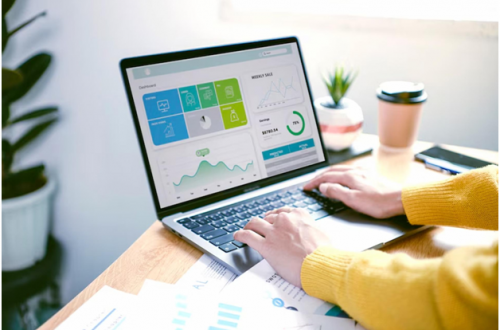In the intricate world of financial trading, the balance between risk and reward is a principle that traders must master. This equilibrium is particularly significant in the context of CFD trading, where the potential for substantial gains is matched by the risk of considerable losses. France’s sophisticated trading environment presents a unique landscape for traders to navigate, requiring a blend of insightful analysis, strategic planning, and disciplined execution.
Central to successful trading is the art of risk management. This discipline enables traders to thrive in France’s dynamic market by transforming potential pitfalls into opportunities for growth. The foundation of this discipline lies in understanding the nature of trading, which, due to its leveraged nature, amplifies both profits and losses. This characteristic makes the French CFD market both attractive and challenging, necessitating advanced risk management techniques for sustained success.
The first step towards effective risk management is developing a comprehensive trading plan. This plan should clearly outline specific goals, identify acceptable levels of risk, and detail the strategies for achieving these goals within the defined risk parameters. In France’s diverse market, a well-crafted plan acts as a roadmap, guiding traders through the complexities of trading with a clear sense of direction and purpose. It helps avoid the common pitfall of making impulsive decisions driven by emotion rather than rationale, which is crucial in managing risk.
A vital tool in risk management is the use of stop-loss orders. These orders allow traders to set a predetermined level of loss they are willing to accept on a trade. If the market moves against the position, the trade is automatically closed at the specified stop-loss point, preventing further losses. This tool is invaluable in a market as volatile as France’s, where swift economic changes can result in sudden market shifts. By employing stop-loss orders judiciously, traders can cap their losses, preserving their capital for future trading opportunities.
Diversification is another key element of advanced risk management in CFD trading. This involves spreading investments across various assets to reduce exposure to any single market movement. The French market, with its broad access to sectors and assets, provides ample opportunities for diversification. Whether dealing with commodities, indices, stocks, or currencies, diversifying one’s portfolio can buffer against market volatility, ensuring that a loss in one asset class can be offset by gains in another.
Understanding leverage and its implications is crucial in the French trading landscape. While leverage can magnify returns, it can also amplify losses, making it a double-edged sword. Savvy traders approach leverage with caution, carefully considering the amount of leverage they use and always being mindful of the potential for amplified losses. This cautious approach to leverage is a hallmark of seasoned traders who prioritize long-term success over short-term gains.
Continuous education and self-reflection are vital components of mastering risk management in trading. The French market, like all financial markets, is continually evolving. Regulatory changes, economic shifts, and global events impact market conditions, necessitating a commitment to ongoing learning. By staying informed about market trends and reflecting on their trading practices, traders can adapt their strategies to changing market dynamics, enhancing their ability to manage risk effectively.
Mastering trading in France through advanced risk management is a journey that requires strategic planning, discipline, and continuous learning. By developing a solid trading plan, employing stop-loss orders, diversifying their portfolio, using leverage wisely, and committing to ongoing education, traders can navigate the intricacies of the French market with confidence. This approach not only mitigates risk but also opens the door to sustainable trading success. It proves that with the right management strategies, the delicate balance between risk and reward can indeed be mastered, leading to long-term profitability and growth in the ever-evolving landscape of CFD trading.





